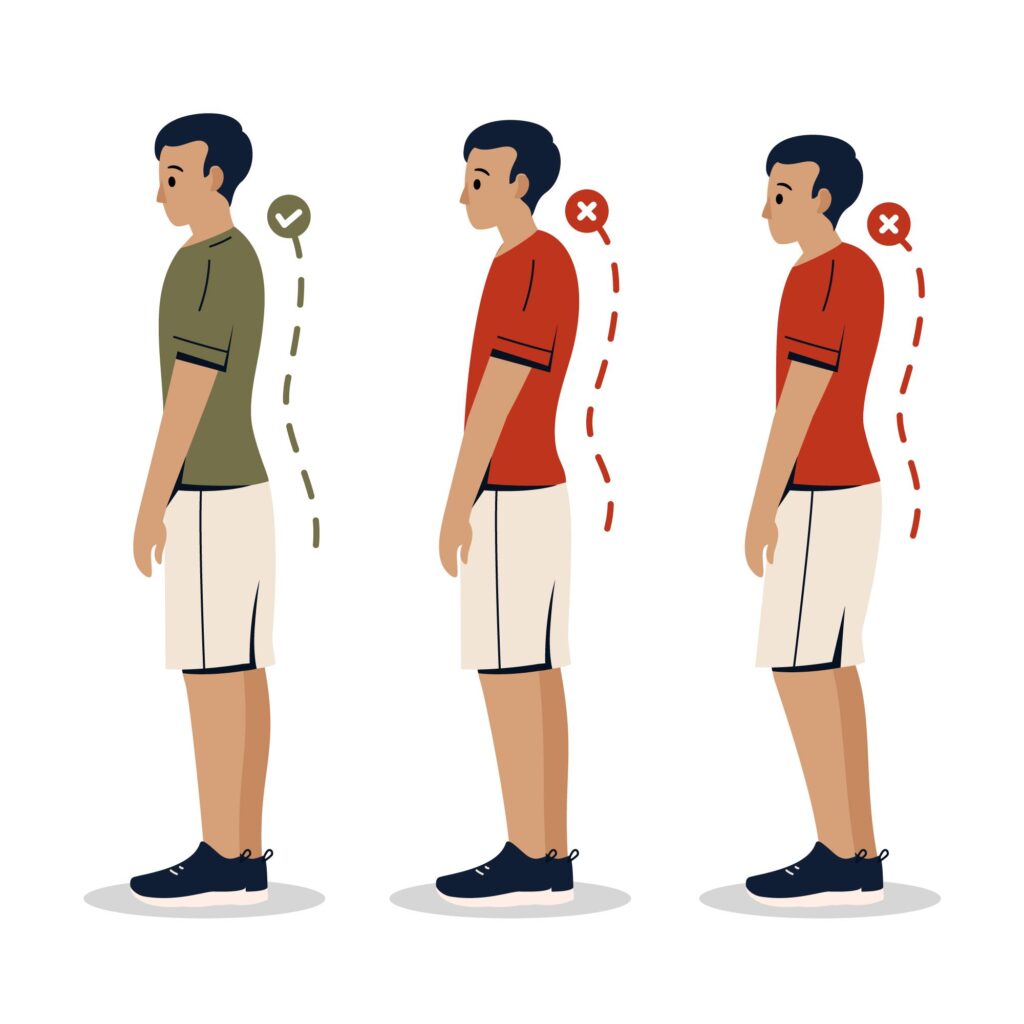
Introduction:
Rib injuries can be excruciating, affecting your mobility and daily activities. Whether it’s a sports injury or a result of a fall, finding relief is paramount. Enter rib belts – the unsung heroes of injury recovery. In this comprehensive guide, we’ll explore everything you need to know about rib belts, from their benefits to their proper usage. So, let’s dive in and discover how rib belts can provide the comfort and support you need during your recovery journey.
Understanding Rib Belts:
Rib belts are specialized garments designed to provide compression, stability, and support to the rib cage. Crafted from elastic or neoprene materials, these belts offer a snug fit around the torso, ensuring targeted support to the injured area. With adjustable closures, rib belts cater to various body types and injury severities, allowing for personalized comfort and compression levels.
Benefits of Rib Belts:
1. Pain Relief: Rib belts offer immediate pain relief by stabilizing the injured ribs, reducing movement that can exacerbate discomfort.
2. Support and Stability: By immobilizing the rib cage, rib belts promote healing by preventing further strain on the injured area.
3. Enhanced Recovery: Wearing a rib belt can expedite the recovery process by facilitating proper alignment and minimizing the risk of complications.
4. Improved Mobility: Despite providing stability, rib belts don’t compromise on mobility, allowing you to perform daily activities with greater ease.
How to Use Rib Belts Effectively:
Using a rib belt correctly is crucial for maximizing its benefits and promoting a speedy recovery. Here’s a step-by-step guide on how to use rib belts effectively:
1. Select the Right Size: Ensure you choose the appropriate size rib belt for your body to guarantee a snug yet comfortable fit.
2. Positioning: Place the rib belt directly over the injured area, ensuring it covers the ribs adequately.
3. Adjustment: Secure the rib belt using the adjustable closures, ensuring it’s snug but not overly tight. You should be able to breathe comfortably while wearing it.
4. Wear Time: Wear the rib belt as directed by your healthcare provider, typically during activities that may aggravate the injury or when additional support is needed.

Considerations When Using Rib Belts:
While rib belts offer numerous benefits, it’s essential to consider a few factors before incorporating them into your recovery regimen:
1. Consultation: Always consult with a healthcare professional before using a rib belt, especially if you have underlying medical conditions.
2. Proper Fit: Ensure the rib belt fits snugly without restricting breathing or causing discomfort.
3. Skin Care: Monitor your skin for any signs of irritation or discomfort while wearing the rib belt and adjust as needed.
4. Gradual Progression: As your injury heals, gradually reduce the use of the rib belt to allow your body to regain strength and mobility naturally.
Conclusion: Rib belts are invaluable tools in the journey to recovery from rib injuries. Offering support, stability, and comfort, these specialized garments can make a significant difference in your healing process. By understanding the benefits, proper usage, and considerations associated with rib belts, you can harness their full potential and expedite your path to recovery. So, don’t let rib injuries hold you back – embrace the support of rib belts and reclaim your comfort and mobility today.


